(Prices correct as of today’s date, are updated daily, are subject to change and represent genuine availability at time of update).
Cruise only holidays are financially protected by ABTA. Fly cruise holidays are financially protected by Cunard Line under ATOL number 6294
Please click here to check the essential travel requirements before booking this cruise.
Want to add a hotel stay or change your flights?
Just call our team of cruise specialists to help build your dream cruise holiday today!
Prices based on 2 people sharing. Cruise only price does not include flights. Fly-cruise price may vary by chosen UK airport.
Itinerary
Southampton
Lying near the head of Southampton Water, a peninsula between the estuaries of the Rivers Test and Itchen, Southampton is Britain’s largest cruise port. It has been one of England’s major ports since the Middle Ages, when it exported wool and hides from the hinterland and imported wine fro... Read More
Southampton
At Sea
At Sea
Cádiz
Málaga
At Sea
Palma de Mallorca
At Sea
Civitavecchia
At Sea
At Sea
Rhodes
Kusadasi
Dardanelles
Istanbul
Istanbul
Dardanelles
Santorini
Piraeus
At Sea
Katakolon
At Sea
Civitavecchia
What's Included with
Cunard Line
Sail in luxury onboard a Cunard Cruise ship. With butler service available in all suits you can sit back and relax. You’ll find all the essentials onboard, allowing you to have the rejuvenating holiday you wanted.
Breakfast, lunch, dinner and snacks in a choice of included dining venues
Use of swimming pools, hot tubs, fitness centre and leisure facilities where available
Tea and coffee in seleted venues
Butler service in all suites
Shuttle service to and from ports and airport where available
Explore Queen Victoria
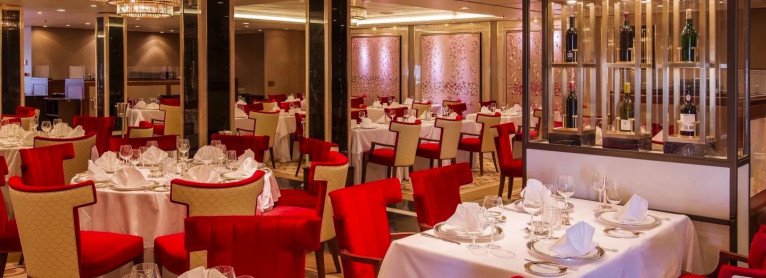




Queen's Grill
The pinnacle of fine dining at sea, exclusively for guests staying in our Queens Grill Suites.
Drawing inspiration from the world’s finest kitchens, the Queens Grill restaurant offers a true taste of fine dining on board, elevated by a front of house team for whom nothing is too much trouble.
Open for breakfast, lunch and dinner daily, with a Grills Afternoon Tea served separately in the Grills Lounge, a visit to the Queens Grill always feels like a special occasion.
You’ll be dining among your fellow Queens Grill guests, with a table reserved for your exclusive use throughout your voyage. There’s no need to book. Simply arrive whenever you’re ready and your table will be waiting. You may even choose to take your meal in your suite, should you wish.
Each day introduces a coveted line-up of à la carte dishes, complemented by an ‘always-available’ menu of appetisers, entrees, and desserts, executed with exemplary flair and finesse.
Alternatively, opt for one of our chef’s speciality sharing dishes (orderable in advance at breakfast or lunchtimes). From beef wellington to rack of lamb, the choice is truly indulgent. Each dish (along with select offerings on our menu) is finished and presented to you table-side, only heightening the sense of theatre that’s a signature of Queens Grill dining.
Dining at the Queens Grill restaurant is exclusive to Queens Grill guests and included within your Cunard fare. The restaurant operates relaxed dress by day and smart attire (jacket optional) for dinner service after 6.00pm, except on Gala Evenings when we invite you to dress in black tie.




Chart Room
Resplendent with its brushed gold accents, the Chart Room’s symmetrical interiors offer a timeless nod to the romance and geometry of Art Deco design. You’ll find this striking bar directly off the Grand Lobby, opposite Steakhouse at The Verandah on Deck 2. It’s a wonderful venue to visit on Gala Evenings when the sight of tuxedo-attired gentlemen and women in evening gowns evokes the spirit of a bygone era. The signature drink selection includes a range of custom cocktails inspired by the Zodiac. Ask the bartender to mix you up your birth sign or defy convention and let your tastebuds choose.
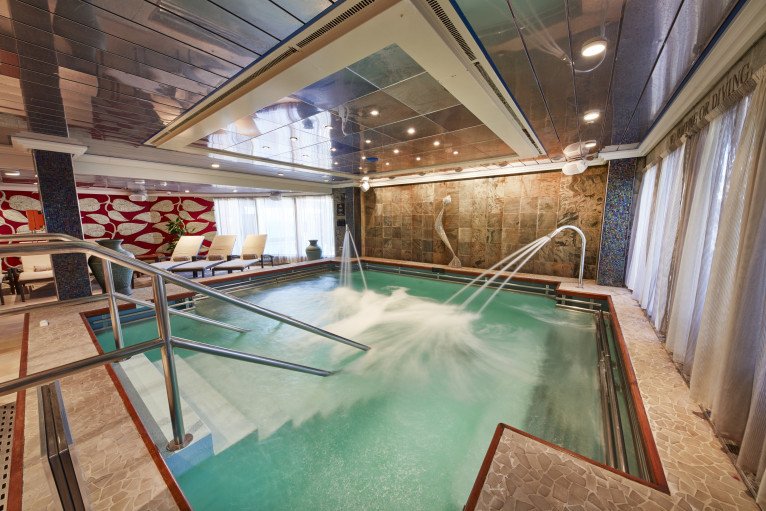
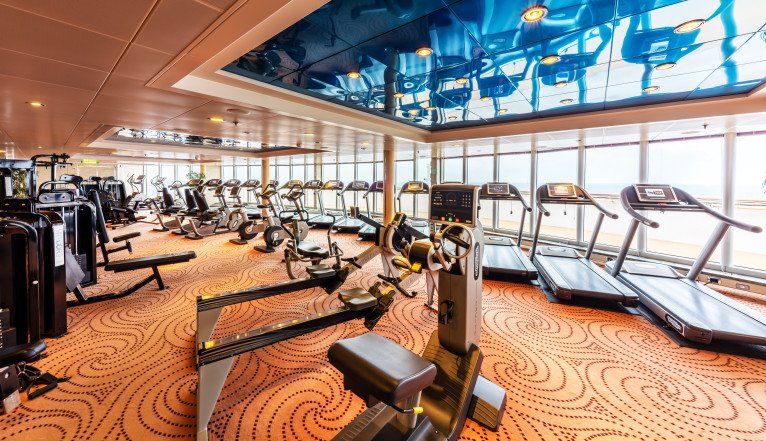
Mareel Wellness & Beauty Spa
A haven of serenity and indulgence awaits you at Queen Victoria’s on board spa, Mareel Wellness & Beauty, where expert therapists guide you on a journey of vitality and relaxation. Select your favourites from a bespoke menu of rejuvenating treatments and therapies, each offering their own transformative benefits. Soothing massages and invigorating facials. Nourishing body wraps and scrubs. Every experience at Mareel is a celebration of self-care and indulgence.
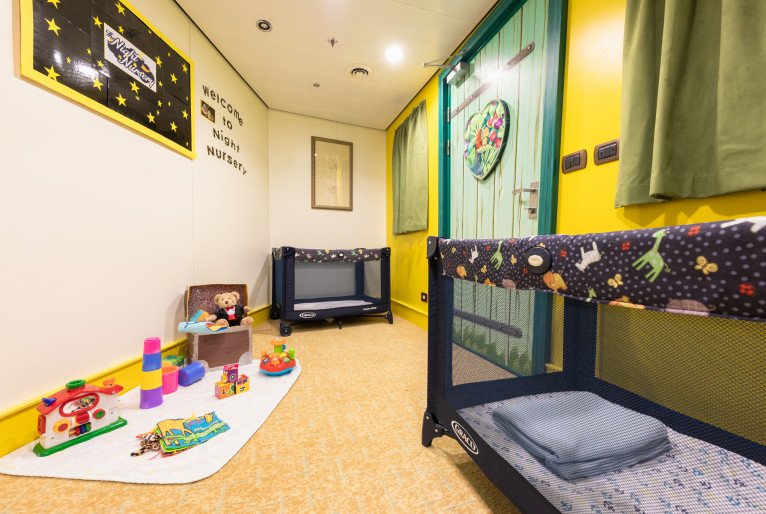
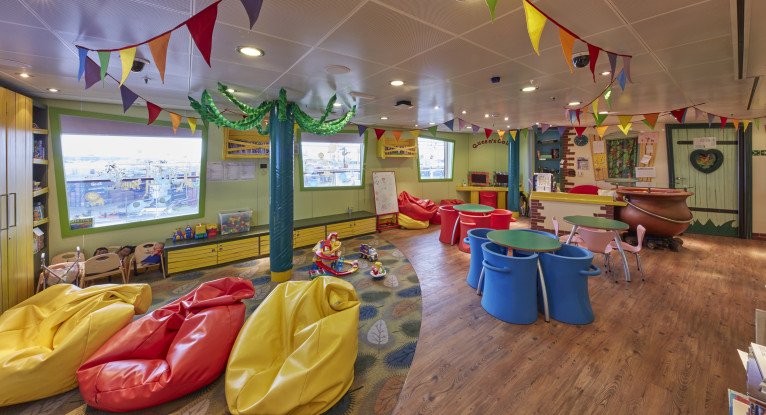
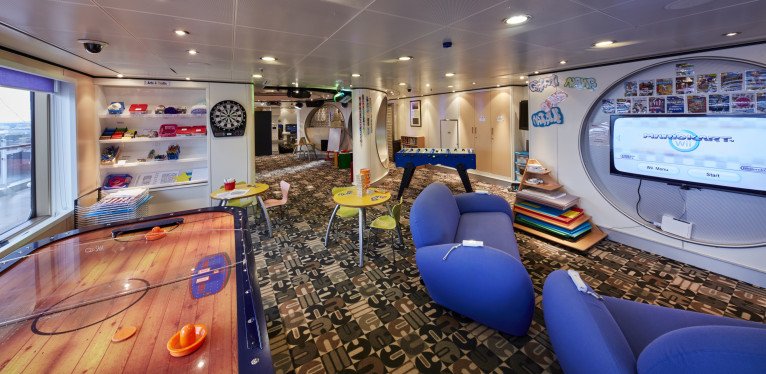
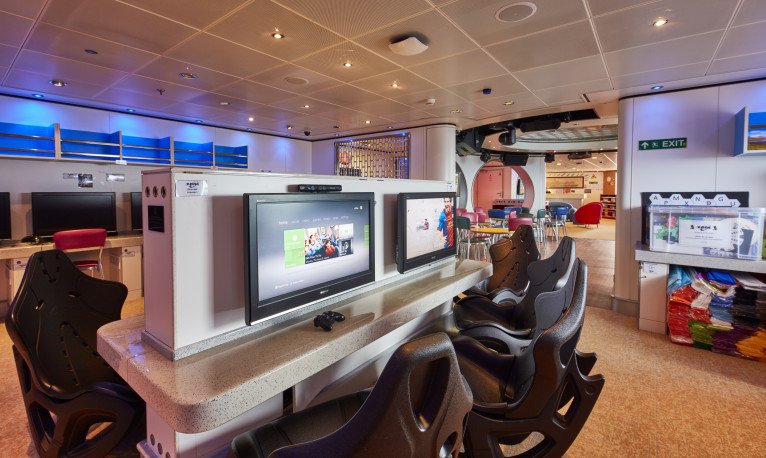
Night Nursery
Enjoy your holiday even more, knowing that your little ones have a safe place to sleep each evening.
There's a great sense of freedom to be had when you can enjoy drinks, dinner or a show knowing that your little ones are sleeping soundly. Available on a first come first served basis, our free of charge Night Nursery equips you with a pager so we can contact you if need be or, if you let us know your plans, we'll come and find you. For that extra peace of mind professional childminders are on hand. Suitable for children aged 6 to 23 months and open from 6pm to 11pm.
Deck 1

- Staterooms
- Royal Court Theatre (Lower)
- Connexions
- Grand Lobby
- Pursers Office
- Tour Office
Deck 2

- Royal Court Theatre (Middle)
- Stateroom
- Golden Lion Pub
- Queens Room
- Queens Arcade
- Voyage Sales Office
- Cunardia
- Library (Lower)
- The Verandah Restaurant
- Chart Room
- Britannia Restaurant (Lower)
- Britannia Club
Deck 3

- Royal Court Theatre (Upper)
- Promenade Deck
- Shops
- Royal Arcade
- Art Gallery
- Connexions
- Cunardia Gallery
- Library (Upper)
- Grand Lobby
- The Book Shop
- The Alcove
- Midship's Lounge
- Britannia Restaurant (Upper)
Deck 4

- Penthouses
- Queen Suites
- Princess Suites
- Staterooms
Deck 5

- Penthouses
- Queens Suites
- Princess Suites
- Staterooms
Deck 6

- Grand Suites
- Penthouses
- Princess Suites
- Staterooms
Deck 7

- Grand Master
- Queen Suites
- Princess Suites
- Penthouses
Deck 8

- Royal Suites
- Queens Suites
- Princess Suites
- Staterooms
- Laundrette
Deck 9

- Royal Spa
- Fitness Centre
- Aerobic Area
- Spa Reception
- Hair Salon
- Thermal Suites
- Pavilion Bar
- Hydropool
- Pavilion Bar
- Pavilion Pool
- Winter Garden
- The Lido Restaurant
- Lido Pool Grill
- Stage
- Lido Pool Bar
- Lido Pool
- Whirpools
Deck 10

- The Commodore Club
- Royal Spa & Fitness Centre (Upper)
- Churchills Lounge
- Admirals Lounge
- Yatch Club
- Children's Outdoor Area
- Teens Outdoor Area
- The Play Zone
- The Zone
Deck 11

- Sports Deck
- The Terrace
- The Grills Lounge
- The Courtyard
- Queens Grill
- Princess Grill
Deck 12

- The Grill's Upper Terrace
Queen Victoria Cabins & Suites



Standard Inside



Britannia Oceanview




Britannia Club Balcony




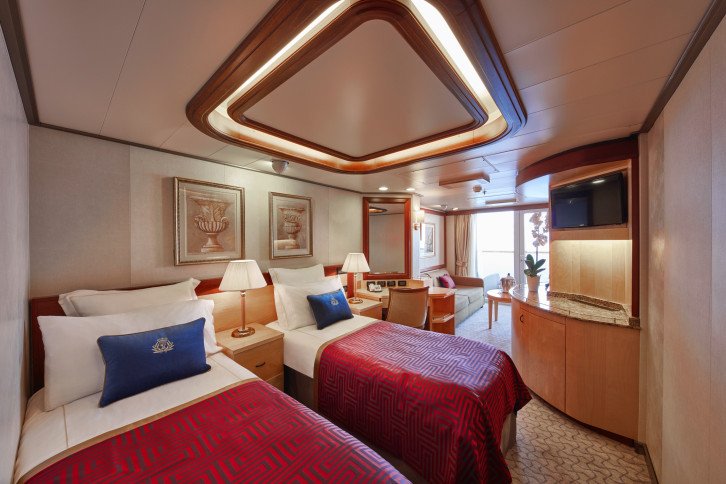







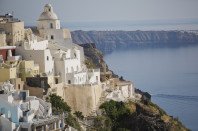

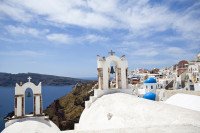
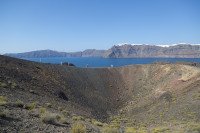
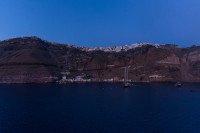



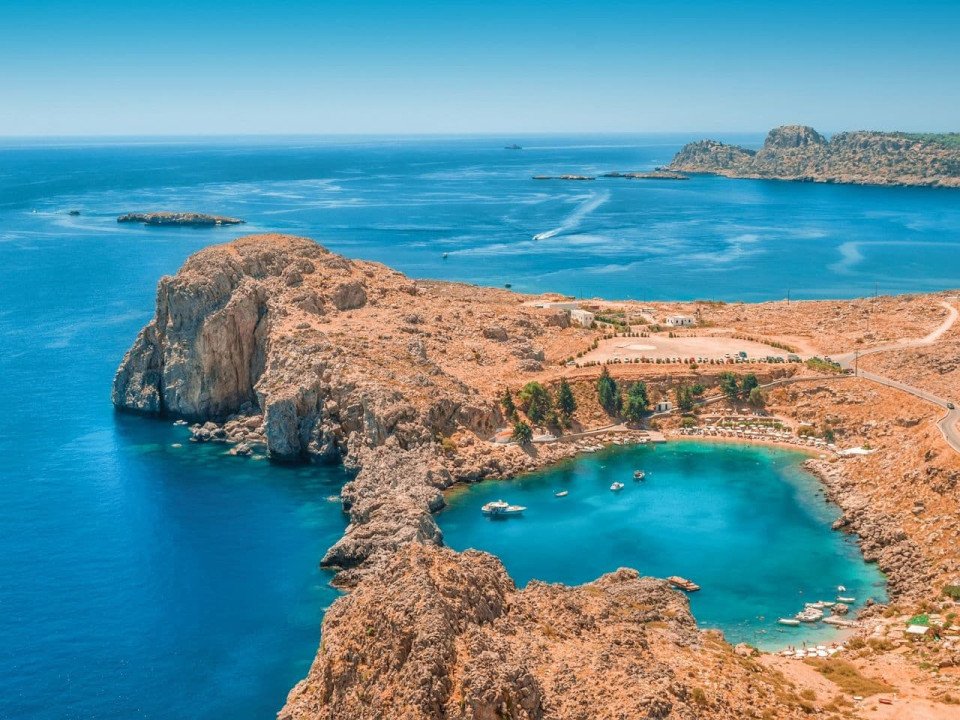

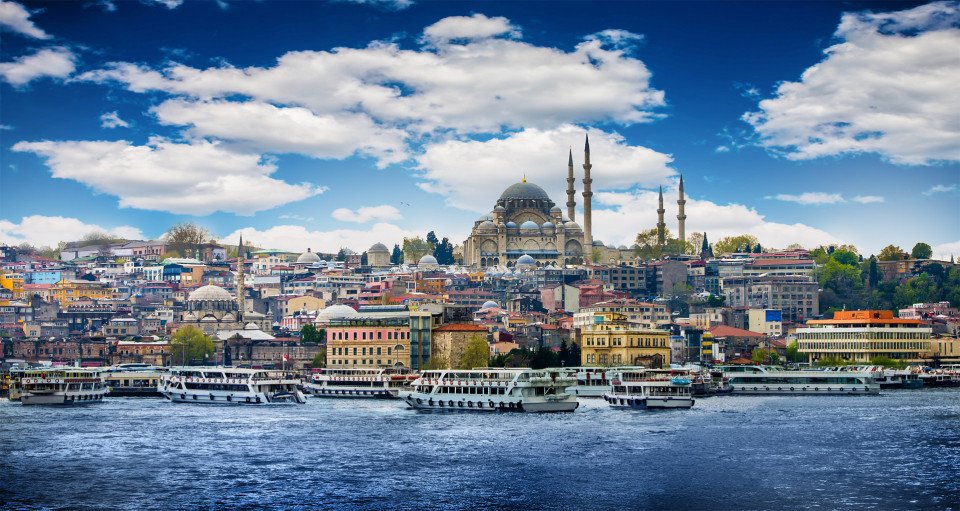
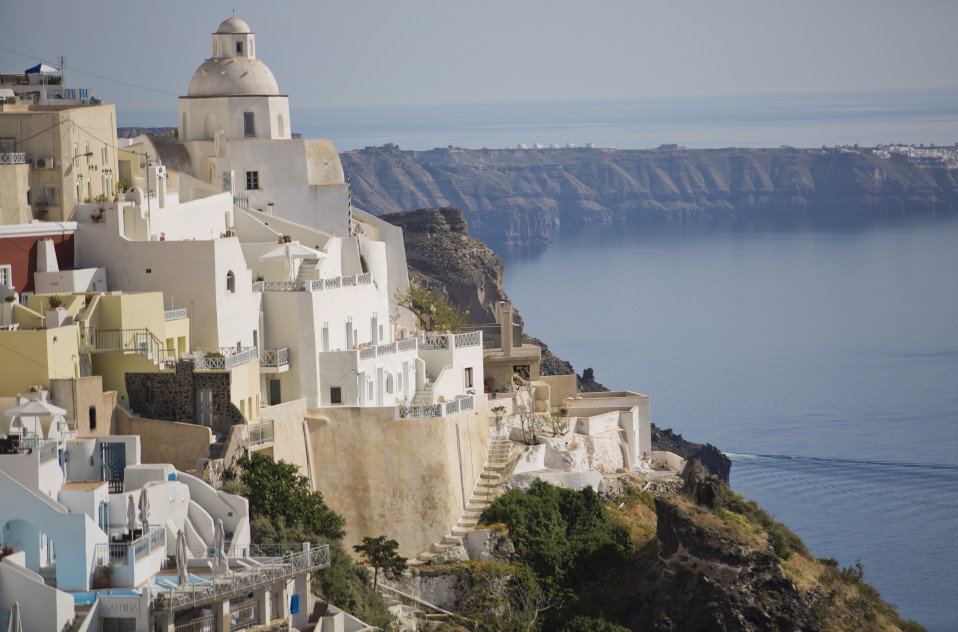
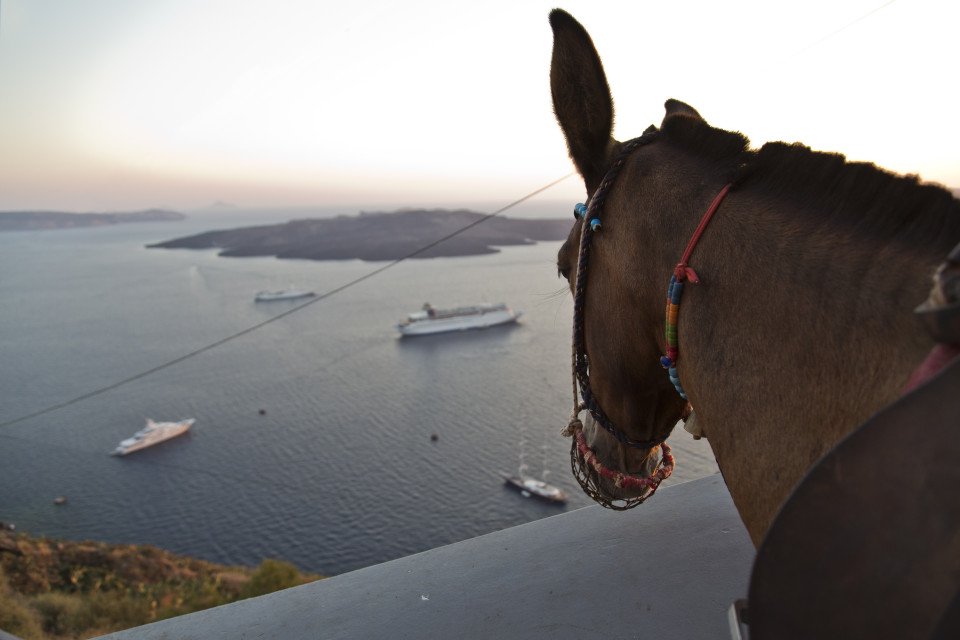

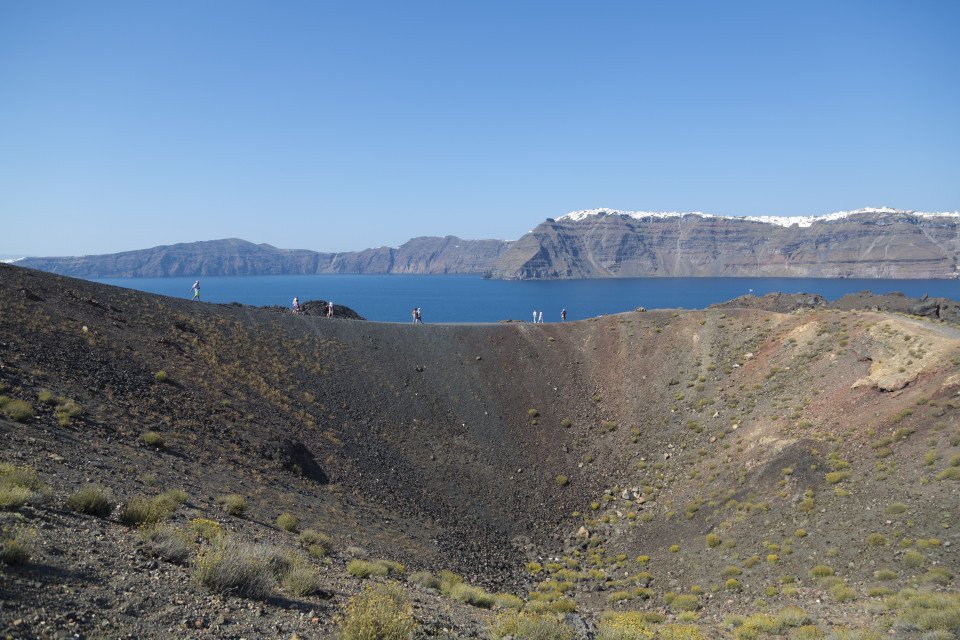

















-large_thumb.jpg)









